Home>Technology>Home Entertainment Systems>How Did Television And Films Increase The Exposure Of The US To Latin Music?
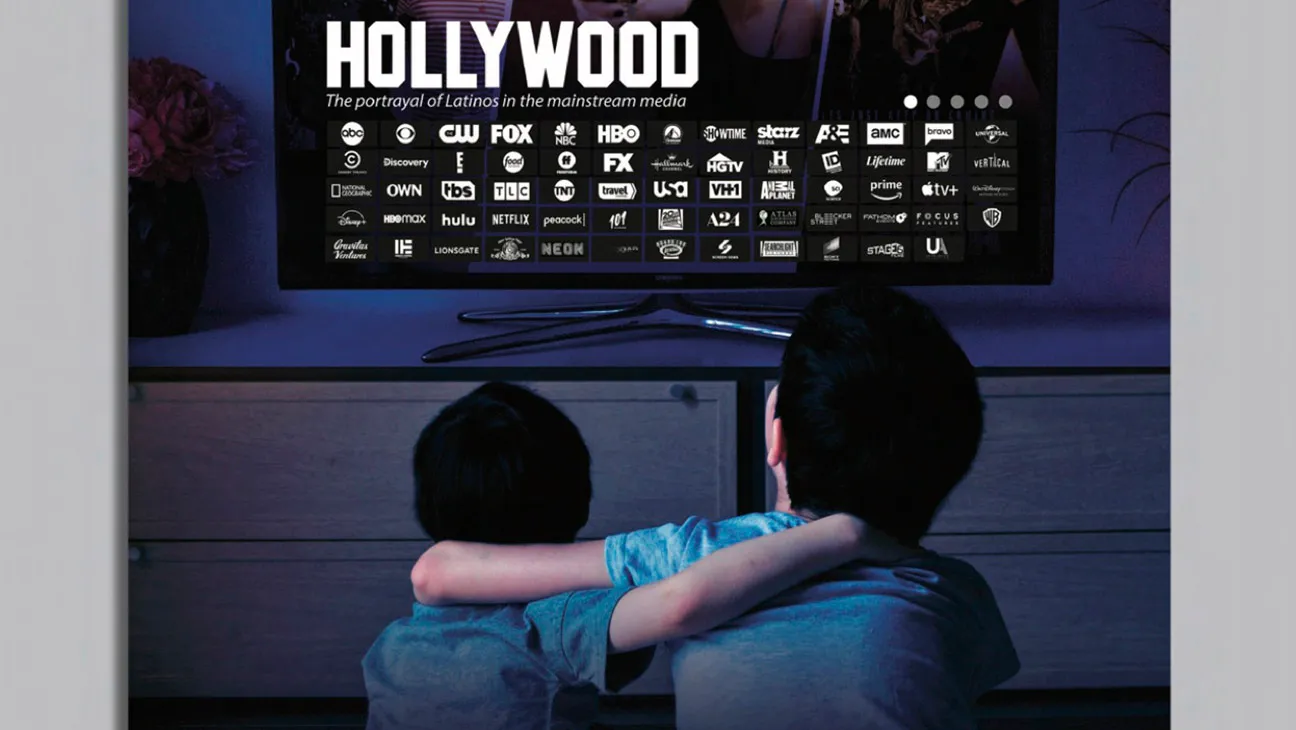

Home Entertainment Systems
How Did Television And Films Increase The Exposure Of The US To Latin Music?
Published: December 20, 2023
Discover how the integration of Latin music in television and films influenced the US, and explore its impact on home entertainment systems. Uncover the cultural significance and evolution of Latin music in the American entertainment industry.
(Many of the links in this article redirect to a specific reviewed product. Your purchase of these products through affiliate links helps to generate commission for Storables.com, at no extra cost. Learn more)
Introduction
Television and films have played pivotal roles in shaping the cultural landscape of the United States. One of the most significant impacts has been the exposure and integration of Latin music into the fabric of American society. This influence has not only transformed the music industry but has also contributed to the rich tapestry of the nation's cultural heritage.
The fusion of Latin music with American popular culture can be traced back to the early 20th century, and its journey is intertwined with the evolution of entertainment media. From the golden age of television to the modern era of streaming services, the dissemination of Latin music has been propelled by the visual and auditory platforms that captivate audiences across the country.
In this article, we will embark on a captivating exploration of how television and films have heightened the exposure of Latin music in the US. We will delve into the historical underpinnings, the transformative influence of visual media, and the evolution of Latin music within the American landscape. Join us on this melodic odyssey as we unravel the harmonious relationship between television, films, and the vibrant rhythms of Latin music.
Key Takeaways:
- Latin music found its way into the hearts of Americans through television and films, enriching the cultural landscape and fostering cross-cultural appreciation.
- The captivating synergy of visual storytelling and musical artistry in television and films has elevated Latin music, leaving an indelible mark on the American cultural mosaic.
The Beginnings of Latin Music in the US
The roots of Latin music in the United States can be traced back to the early 20th century when waves of immigrants from Latin American countries brought with them a rich tapestry of musical traditions. The pulsating rhythms of salsa, the romantic melodies of bolero, and the infectious beats of merengue and cumbia found a new home in the diverse neighborhoods of cities such as New York, Miami, and Los Angeles.
These vibrant musical expressions resonated within the immigrant communities, serving as a poignant reminder of their cultural heritage and providing a sense of belonging in a new land. As Latin music permeated the neighborhoods, it began to capture the attention of a broader American audience, laying the groundwork for its integration into the mainstream music scene.
Notably, the emergence of Latin jazz in the 1940s and 1950s, pioneered by luminaries like Dizzy Gillespie and Tito Puente, marked a significant milestone in the fusion of Latin rhythms with American jazz. This musical fusion not only enthralled audiences but also paved the way for Latin music to permeate popular culture.
As Latin music continued to evolve, it became increasingly intertwined with the social and cultural fabric of the United States. The emergence of influential artists such as Tito Puente, Celia Cruz, and Carlos Santana further propelled Latin music into the spotlight, captivating audiences with their electrifying performances and innovative sounds.
Thus, the early beginnings of Latin music in the US laid the foundation for a musical revolution that would soon be amplified through the influential medium of television and the captivating world of cinema.
The Impact of Television on Latin Music
Television emerged as a transformative force in the dissemination of Latin music, amplifying its reach and influence across the American landscape. The advent of variety shows and music programs provided a platform for Latin artists to showcase their talents, captivating audiences with their dynamic performances and infectious rhythms.
One of the most iconic figures in the convergence of Latin music and television was Desi Arnaz, whose portrayal of Ricky Ricardo in the beloved sitcom “I Love Lucy” introduced American audiences to the exuberance of Cuban music. Arnaz’s character, a talented musician and bandleader, infused the show with vibrant performances, popularizing Cuban classics such as “Babalu” and “Cuban Pete.” This exposure not only endeared Latin music to viewers nationwide but also contributed to a broader cultural exchange, fostering an appreciation for Latin rhythms and melodies.
Furthermore, television appearances by renowned Latin artists, including Tito Puente, Celia Cruz, and Santana, brought their electrifying performances into the living rooms of American households. Shows such as “The Ed Sullivan Show” and “American Bandstand” provided a platform for these artists to captivate audiences with their distinctive sounds, contributing to the growing popularity of Latin music.
Moreover, the emergence of dedicated music programs, such as “Sábado Gigante” and “¡Despierta América!,” catered specifically to Latin music enthusiasts, showcasing a diverse array of musical genres and highlighting emerging talents within the Latin music scene. These programs not only celebrated the rich heritage of Latin music but also served as a conduit for cross-cultural appreciation, fostering a deeper understanding of Latin American musical traditions.
Television also played a pivotal role in promoting iconic events such as the “Latin Grammy Awards,” which not only recognized the achievements of Latin artists but also heightened the visibility of Latin music within the mainstream music industry. The broadcast of these prestigious awards ceremonies brought the captivating allure of Latin music to a global audience, solidifying its position as a formidable force in the world of entertainment.
Through compelling performances, vibrant visuals, and engaging storytelling, television became a catalyst for the integration of Latin music into the fabric of American pop culture, enriching the musical landscape with its infectious rhythms and timeless melodies.
Television and films increased the exposure of US to Latin music by featuring Latin artists and incorporating Latin music into soundtracks, leading to greater visibility and popularity.
The Influence of Films on Latin Music
Films have served as a powerful medium for showcasing the allure of Latin music, captivating audiences with evocative soundtracks and mesmerizing performances. The marriage of visual storytelling and vibrant musical compositions has elevated Latin music to new heights, leaving an indelible mark on the cinematic landscape while amplifying its cultural significance.
One of the most iconic instances of Latin music’s influence in film can be traced to the emergence of the “Hollywood Latin Boom” in the 1940s and 1950s. This era witnessed a surge in musical films that celebrated Latin culture, featuring captivating dance sequences and enchanting musical numbers. Films such as “The Mambo Kings,” “West Side Story,” and “The Buena Vista Social Club” not only showcased the rhythmic splendor of Latin music but also immortalized its enchanting melodies within the annals of cinematic history.
Furthermore, the rise of biopics and musical dramas centered on influential Latin musicians, such as “Selena,” “La Bamba,” and “Celia,” provided a platform for audiences to immerse themselves in the life stories and musical legacies of beloved artists. These cinematic portrayals not only paid homage to the enduring impact of Latin music but also introduced new generations to the timeless classics and groundbreaking innovations of Latin artists.
Moreover, the incorporation of Latin music in mainstream blockbusters and animated films has contributed to its widespread appeal and cultural resonance. From the infectious rhythms of salsa and merengue to the soul-stirring ballads of bolero, these cinematic soundscapes have transcended linguistic barriers, evoking emotions and igniting a universal appreciation for Latin music.
Furthermore, the influence of Latin music in film extends beyond the silver screen, permeating the realms of television and streaming platforms. The utilization of Latin music in soundtracks and scores has enriched the storytelling experience, infusing narratives with emotional depth and cultural authenticity. Whether evoking the spirited celebrations of a fiesta or capturing the poignant nuances of a love story, Latin music has imbued cinematic narratives with its distinctive charm and evocative power.
Through the mesmerizing synergy of visual storytelling and musical artistry, films have not only elevated Latin music to a global audience but have also immortalized its timeless allure, ensuring its enduring legacy within the vibrant tapestry of cinematic history.
The Evolution of Latin Music in the US
The evolution of Latin music in the United States is a testament to its enduring impact and transformative journey within the American cultural landscape. From its humble beginnings within immigrant communities to its widespread integration into mainstream popular culture, Latin music has traversed a remarkable trajectory, leaving an indelible imprint on the nation’s musical tapestry.
One of the defining moments in the evolution of Latin music in the US was the emergence of the “Latin Explosion” in the late 1990s and early 2000s. This cultural phenomenon, characterized by the global success of artists such as Ricky Martin, Shakira, and Marc Anthony, propelled Latin music to unprecedented heights of popularity, transcending linguistic boundaries and captivating audiences worldwide.
Furthermore, the fusion of Latin rhythms with contemporary genres, such as pop, hip-hop, and electronic dance music, has reshaped the sonic landscape, giving rise to a diverse array of musical collaborations and cross-genre innovations. This fusion not only broadened the appeal of Latin music but also fostered a dynamic convergence of musical styles, creating a vibrant tapestry of sonic experimentation and artistic expression.
Moreover, the digital age has revolutionized the consumption of Latin music, with streaming platforms and social media serving as catalysts for its global dissemination. This digital revolution has empowered Latin artists to connect with audiences on a global scale, transcending geographical boundaries and fostering a deeper appreciation for the multifaceted dimensions of Latin music.
Additionally, the influence of Latin music within the American music industry has been underscored by the mainstream success of reggaeton, a genre characterized by its infectious beats and dynamic vocal delivery. The meteoric rise of reggaeton artists such as Daddy Yankee, Don Omar, and Wisin & Yandel has not only dominated the airwaves but has also reshaped the sonic landscape, cementing reggaeton’s position as a formidable force within the contemporary music scene.
Furthermore, the Latin music industry’s impact has been celebrated through prestigious award ceremonies such as the “Billboard Latin Music Awards” and the “Premio Lo Nuestro,” which recognize the achievements of Latin artists and the enduring influence of Latin music on a global scale.
As Latin music continues to evolve, its enduring legacy within the US is a testament to the resilience of cultural expression and the unifying power of music, transcending borders and resonating with audiences across diverse backgrounds, solidifying its position as an integral component of the American musical mosaic.
Conclusion
The entwined narrative of Latin music and the American cultural landscape is a testament to the transformative influence of visual media, particularly television and film. From its early beginnings within immigrant communities to its widespread integration into mainstream popular culture, Latin music has journeyed through a remarkable evolution, leaving an indelible mark on the nation’s musical tapestry.
Television and films have served as powerful conduits for the dissemination of Latin music, amplifying its reach and cultural significance across the American landscape. The captivating performances of iconic artists, the pulsating rhythms of salsa and merengue, and the soul-stirring ballads of bolero have permeated the airwaves, captivating audiences and fostering a deeper appreciation for Latin American musical traditions.
The visual and auditory platforms provided by television and film have not only celebrated the rich heritage of Latin music but have also facilitated a cross-cultural exchange, fostering a deeper understanding of the diverse musical expressions that enrich the American cultural tapestry.
Furthermore, the evolution of Latin music within the US, from the “Latin Explosion” to the global success of reggaeton, underscores its enduring impact and transformative journey within the contemporary music scene. The fusion of Latin rhythms with diverse genres and the digital revolution’s role in its global dissemination have reshaped the sonic landscape, creating a vibrant tapestry of artistic expression and sonic experimentation.
As Latin music continues to evolve and resonate with audiences across diverse backgrounds, its enduring legacy within the US is a testament to the unifying power of music and the resilience of cultural expression. The captivating allure of Latin music, immortalized through the captivating synergy of visual storytelling and musical artistry, will continue to enrich the American cultural mosaic, transcending borders and resonating with audiences for generations to come.
Join us in celebrating the harmonious relationship between television, films, and the vibrant rhythms of Latin music, as we continue to embark on a melodic odyssey that transcends linguistic boundaries and resonates with the universal language of music.
Frequently Asked Questions about How Did Television And Films Increase The Exposure Of The US To Latin Music?
Was this page helpful?
At Storables.com, we guarantee accurate and reliable information. Our content, validated by Expert Board Contributors, is crafted following stringent Editorial Policies. We're committed to providing you with well-researched, expert-backed insights for all your informational needs.


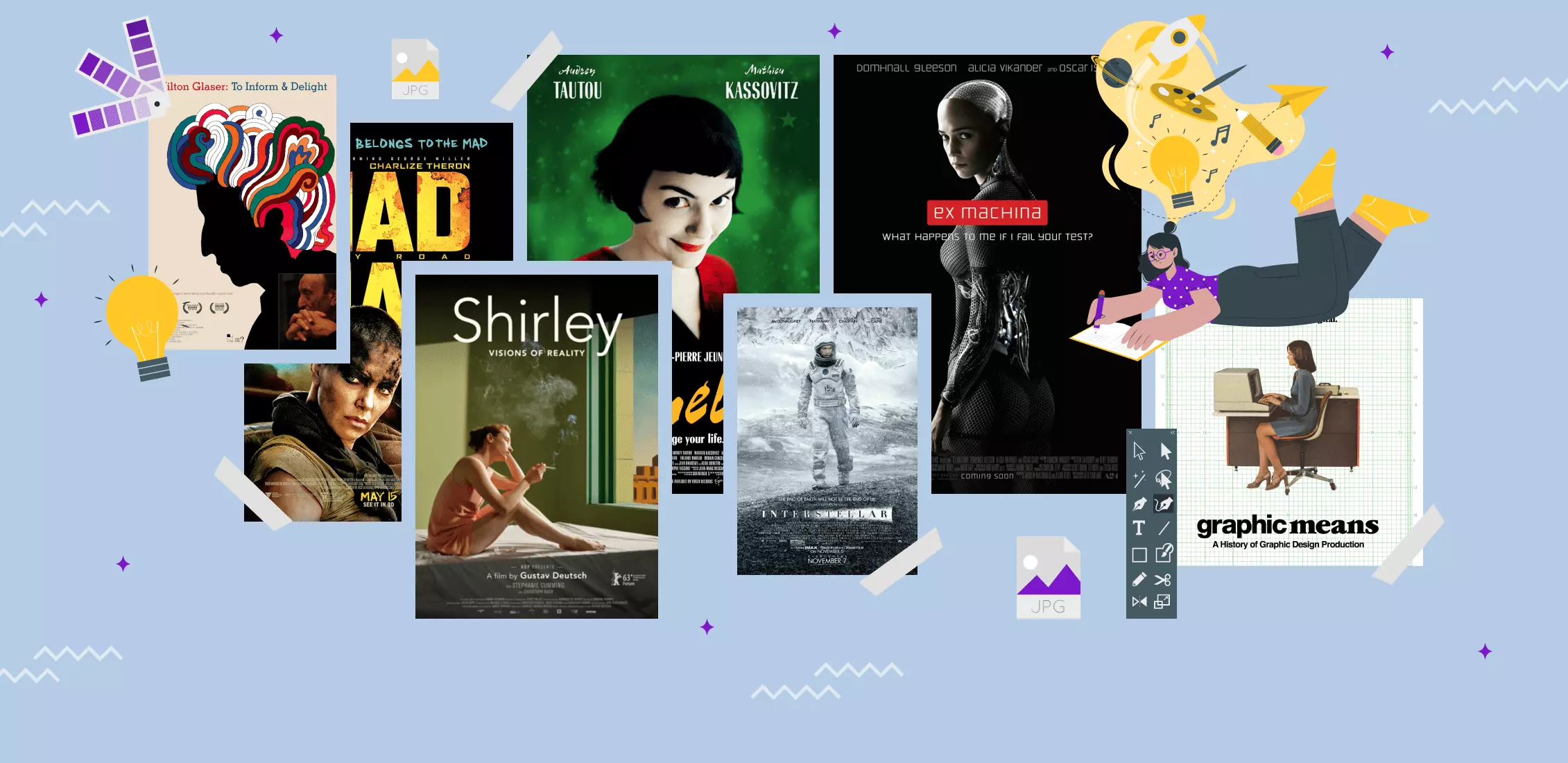

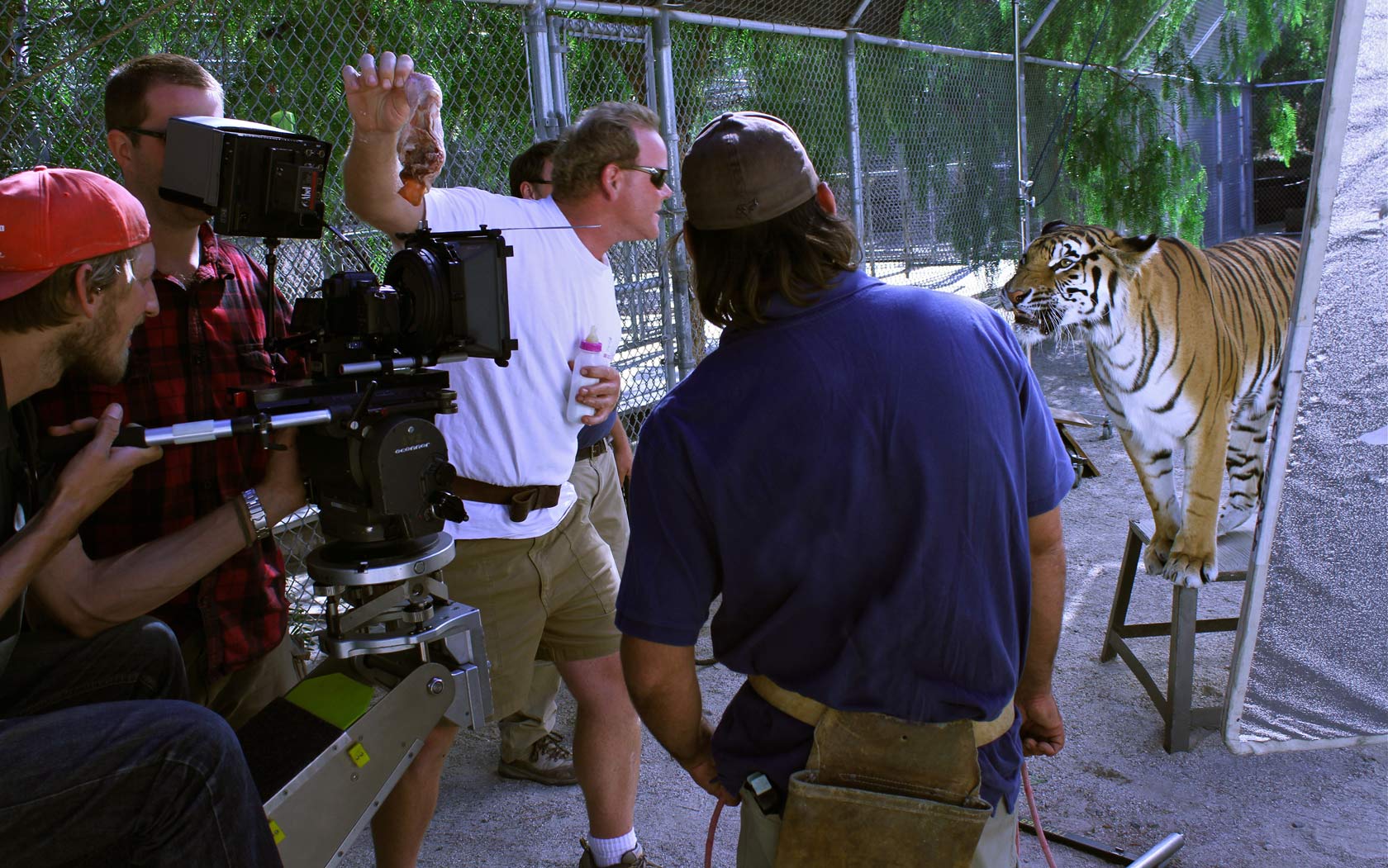


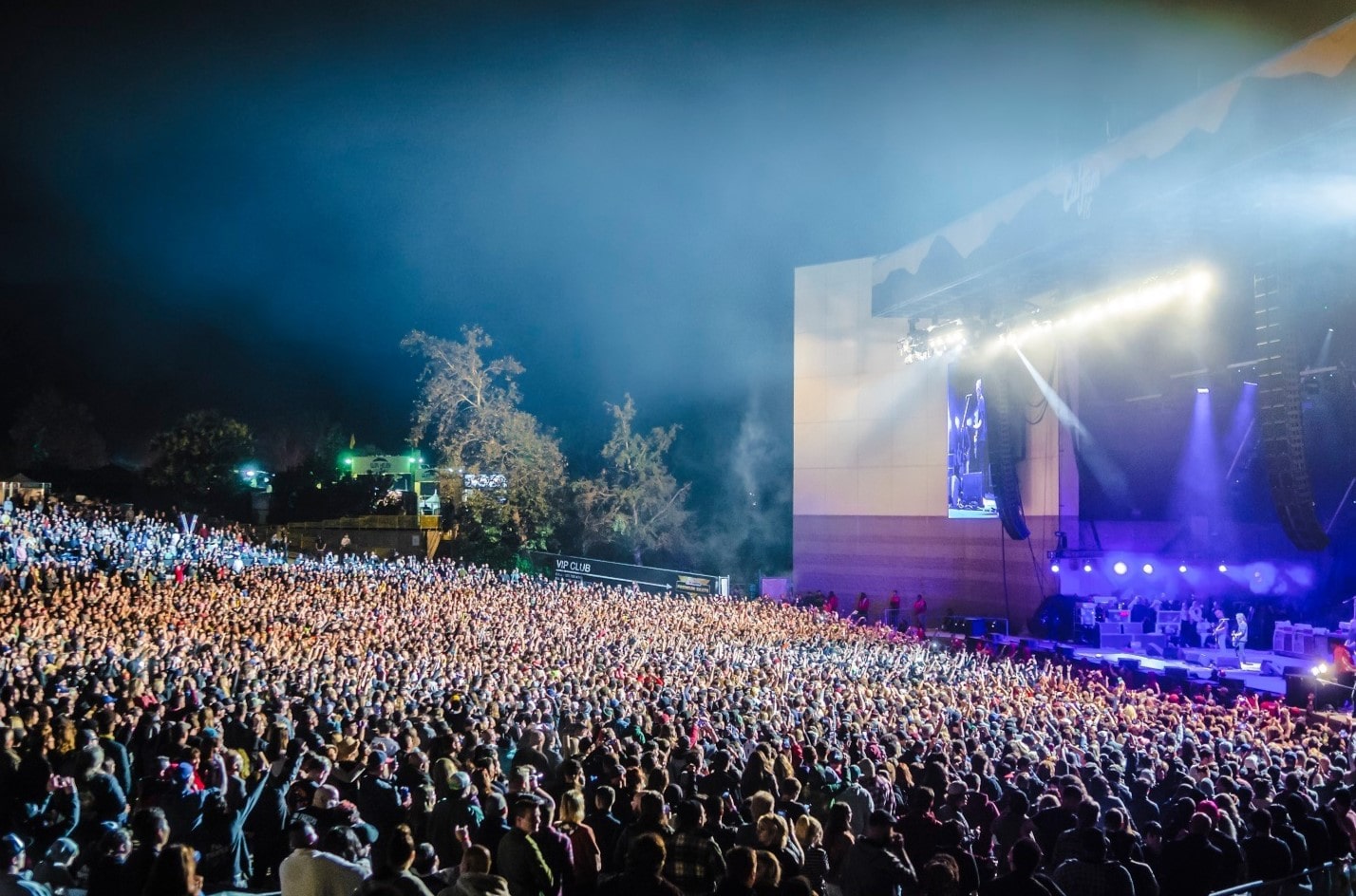


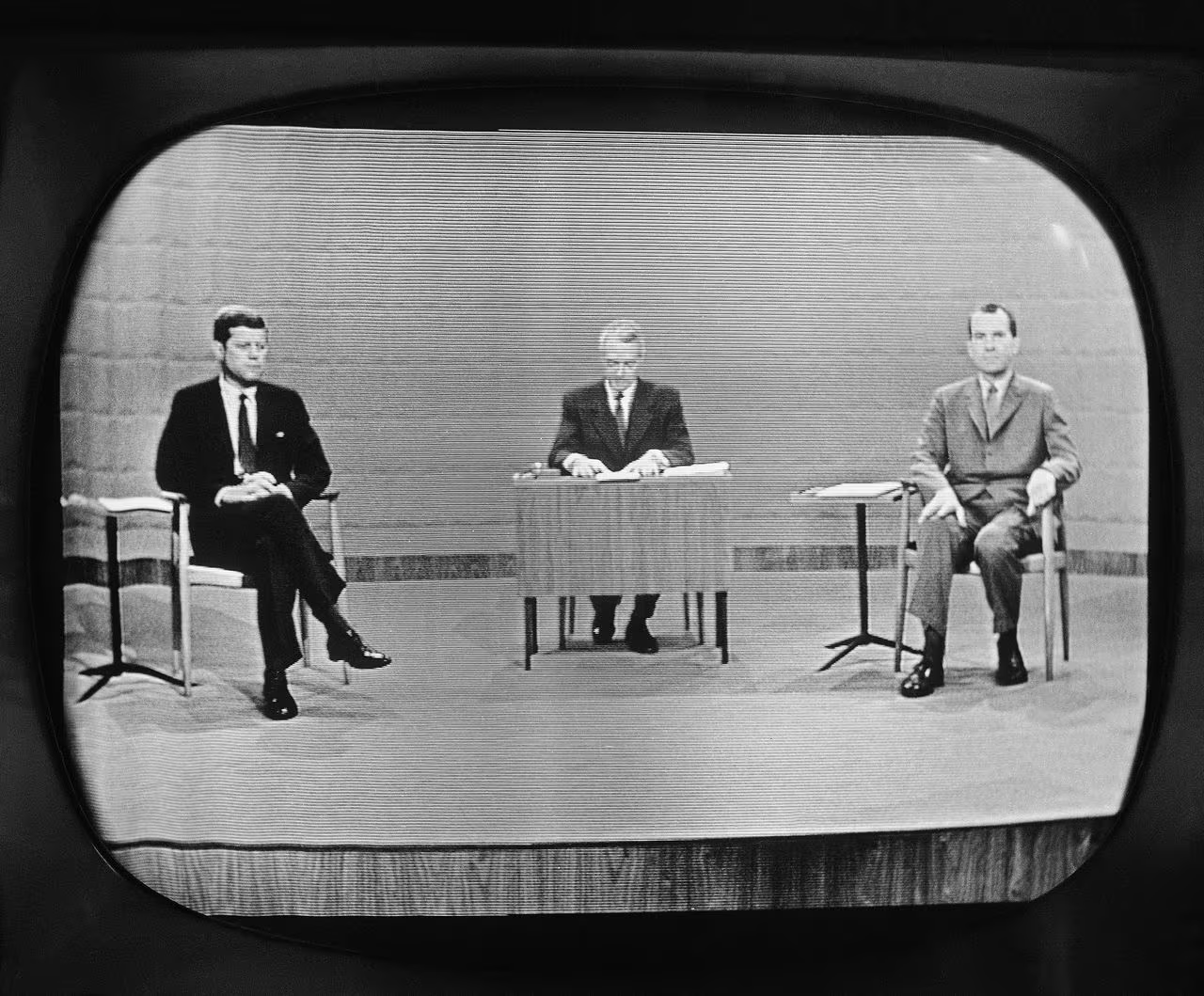

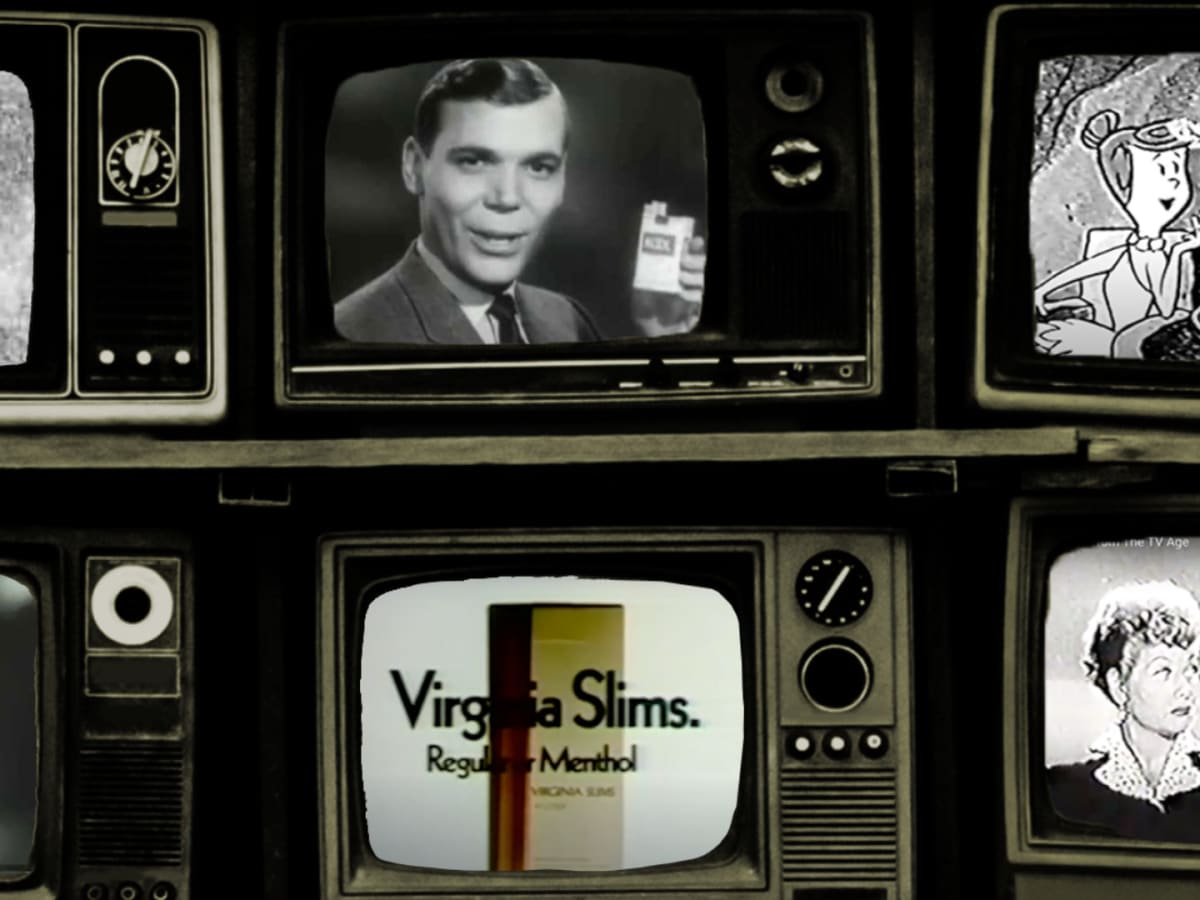


0 thoughts on “How Did Television And Films Increase The Exposure Of The US To Latin Music?”